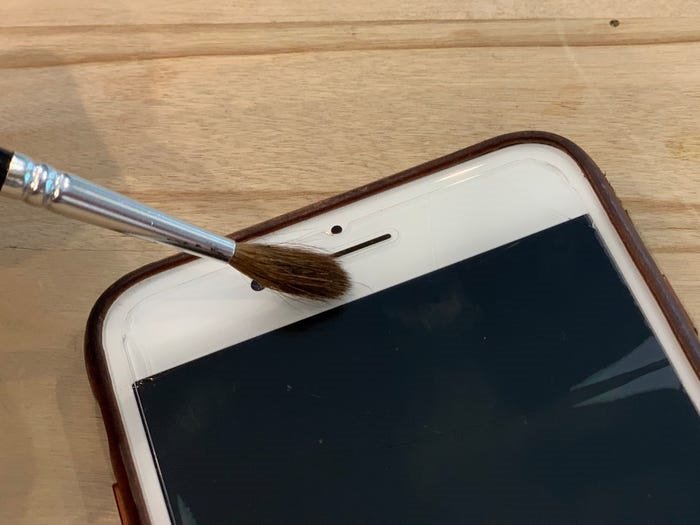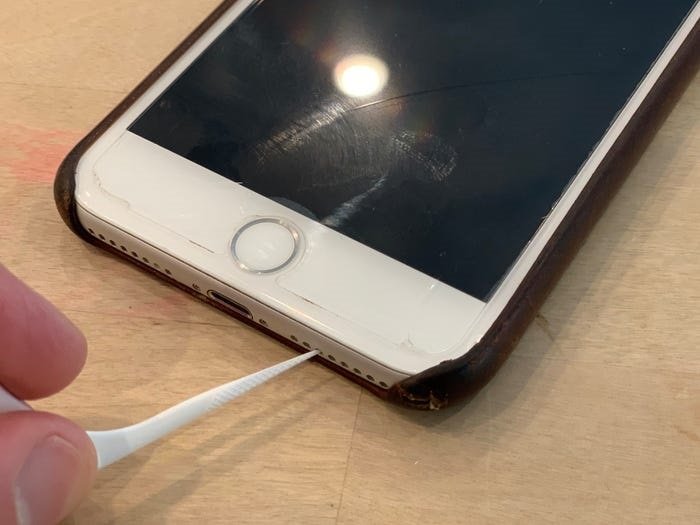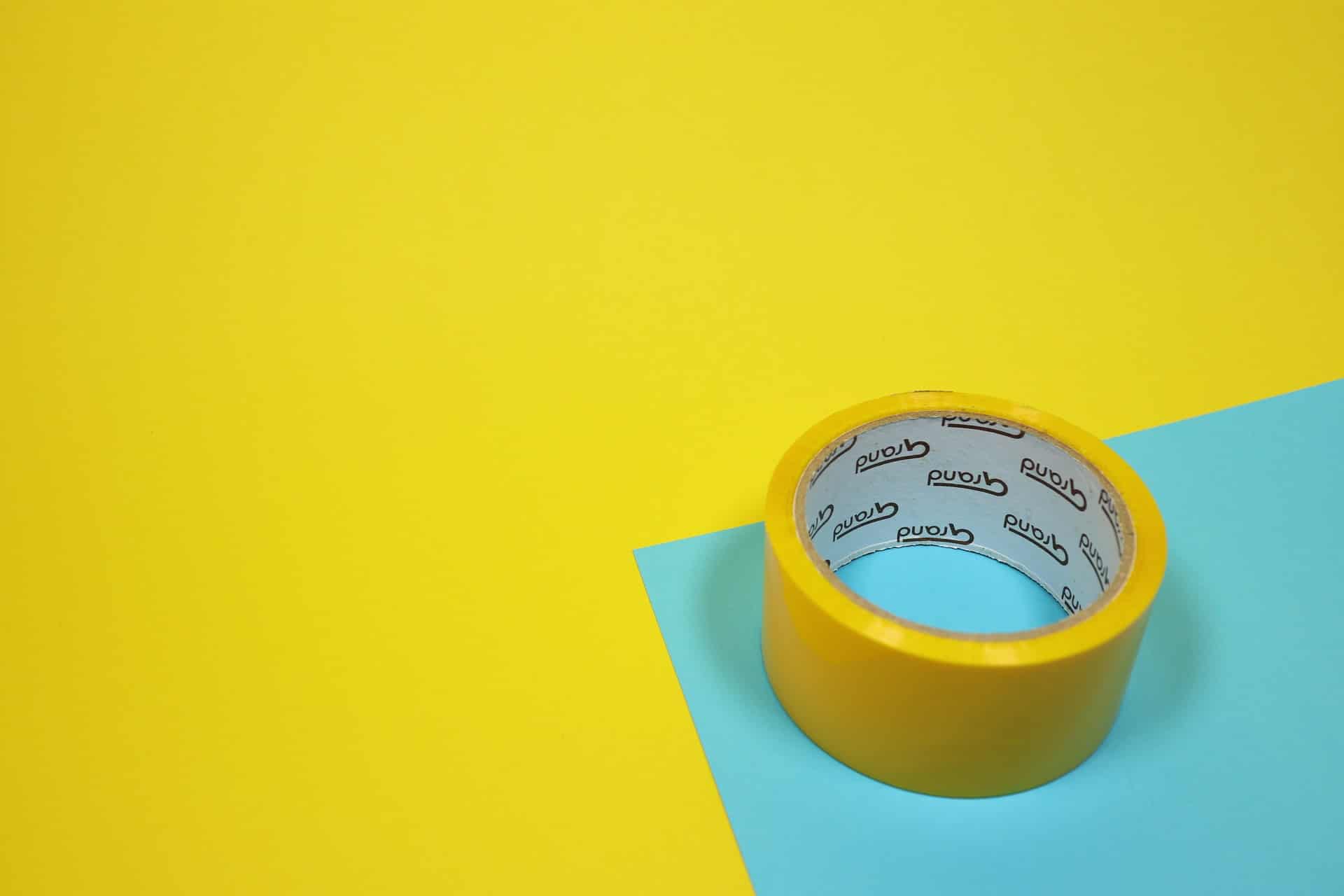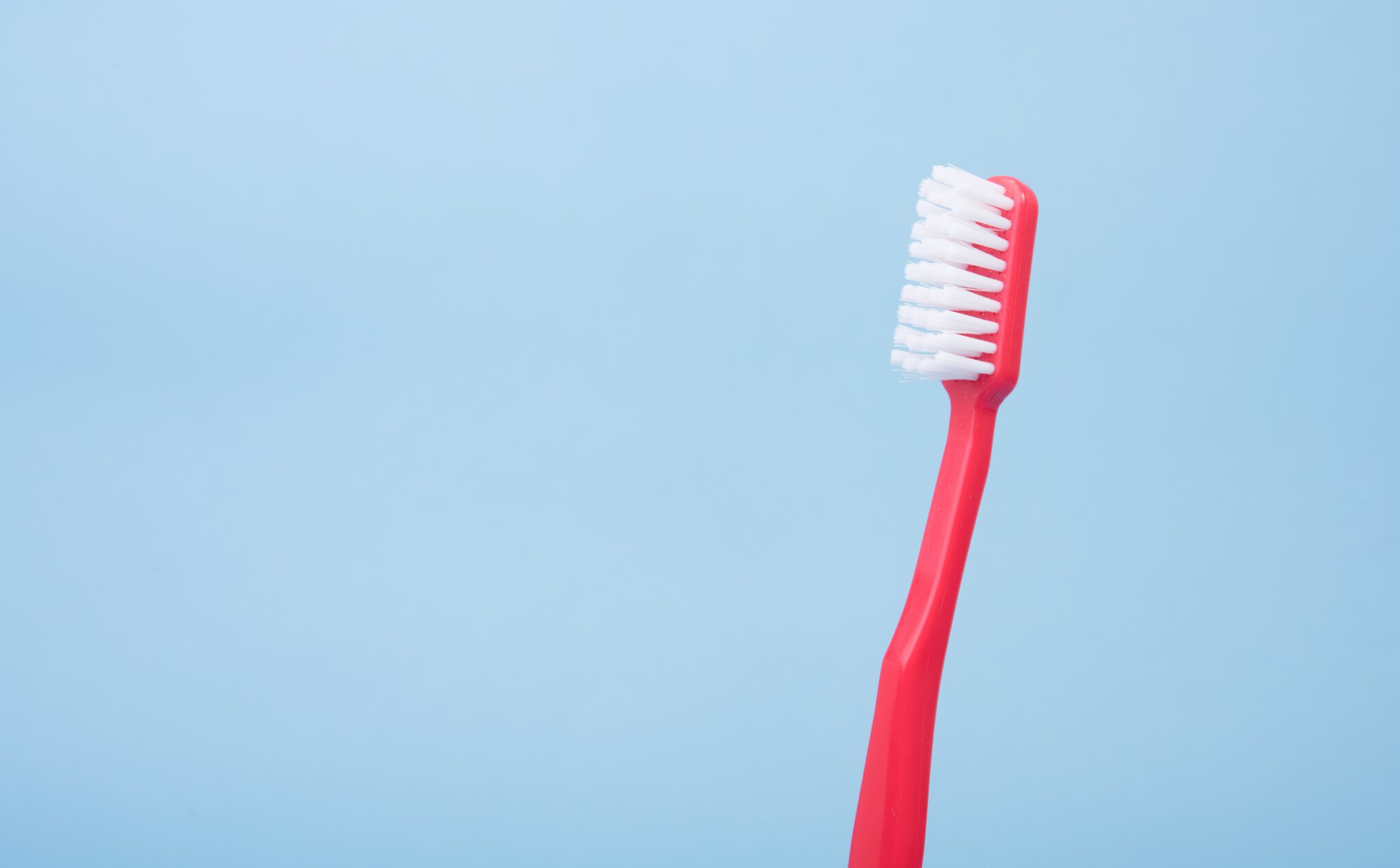How to Clean Your iPhone’s Speakers without Damaging Them
You can easily clean your iPhone's speakers with household objects like a paint brush, wooden or plastic toothpick, and masking tape
Author:Daniel BarrettAug 26, 202242K Shares913.9K Views
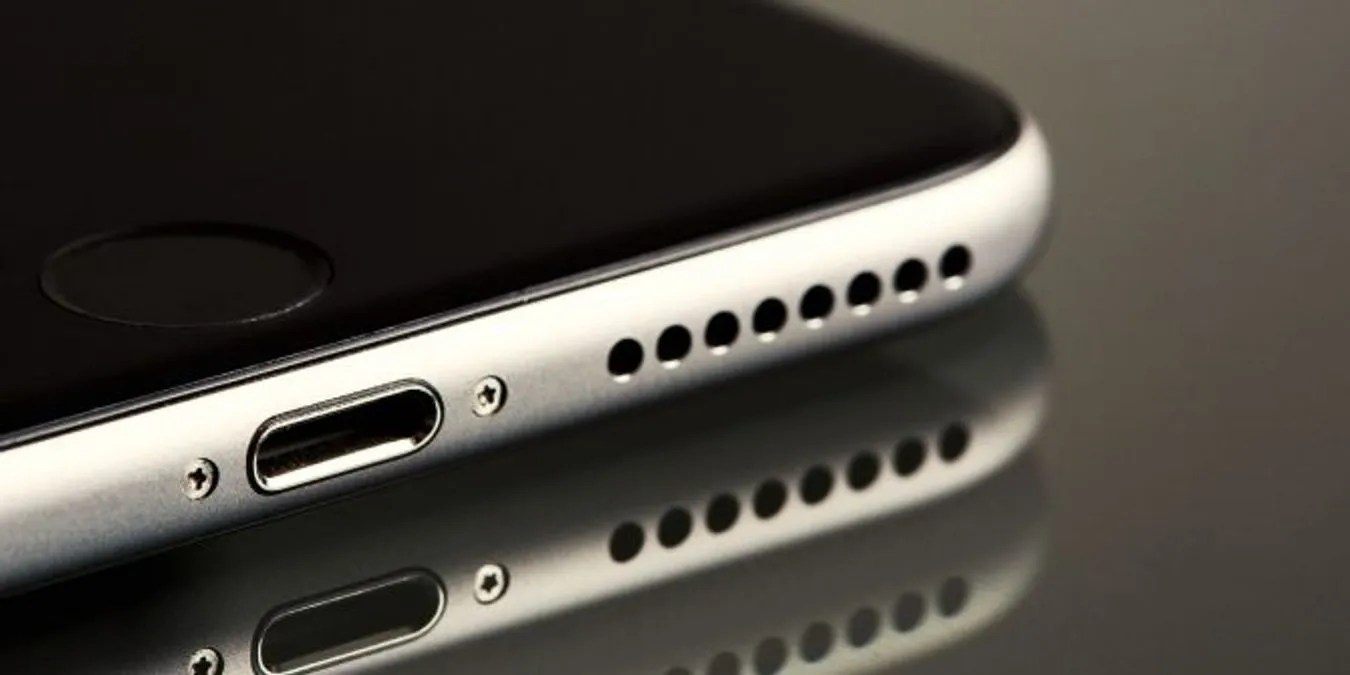
How to clean your iPhone’s speakers– Over time, your smartphone speakers collect lint, dust, and all kinds of dirt that you probably don’t see. And when you leave them uncleaned for long enough, you’ll start to hear your sound getting muffled. But before heading to the repair shop, there are a few great do-it-yourself techniques for cleaning your speakers from both the outside and inside of the phone.
Take care to be gentle when cleaning an iPhone speaker, as it is one of the more fragile parts of this overall rugged technology.
Sorry to report this, but your iPhone is probably one of the dirtiest things you own. Most smartphonesharbor more bacteria than found on the average toilet seat, in fact — so when possible, make sure you wash your hands after texting and before you eat.
How to properly clean your iPhone’s speakers without damaging them.
Removing Speaker Dirt with Household Items
- Locate the speakers on your phone. iPhone speakers are typically located on the bottom to the left and right of the charger port. Samsung speakers are typically on the bottom as well but usually restricted to the left or right of the charger port. Ear speakers are almost always located on the top of the front face of the phone where you place your ear.
- Rub a cotton swab on the outside of your speakers.Gently move it in circular motions over your speaker holes while applying a bit of pressure. Continue this process until all the dirt is out. If the speaker holes are big enough, press the swab into the holes. But don’t press too hard—just enough that the cotton at the tip enters the slot. Once inside, rub the swab left and right while applying a bit of pressure.
Cleaning iPhone Speakers with a Soft Brush
The best way to remove bits of dirt and dust from the speaker on the front of the iPhone is to use a brush with soft bristles, ideally a small paintbrush. Consider trimming the bristles down to a half-inch length to give yourself better control.
Gently brush across the speaker from bottom to top, moving across the length of the long, thin speaker several times. Don’t drag the brush along the axis of the speaker. You can also work soft bristles into the speaker holes at the bottom of the phone.
Cleaning iPhone Speakers with a Toothpick
If bits of detritus are lodged in the speaker holes at the bottom of your iPhone, you can use the sharp point of a wooden or plastic toothpick to pop them out. Insert the tip with minimal pressure, then slowly tilt the toothpick until it pops out. All force should be directed sideways and then up, not down toward the phone.
Use Painter’s Tape
While a dry toothbrush is a solid tool to clean iPhone speakers, it won’t be able to clean some tiny stubborn particles in the speakers. Masking tape or Painter’s tape is the perfect tool for this. It is specifically designed to avoid leaving glue residue on any surfaces. It has a pressure-sensitive adhesive, making it an ideal tool to clean iPhone speakers.
Tear a small part of the tape. Roll it around keeping the sticky part outside, and then press it on the iPhone speakers. After each application, do check the dust sticking on the tap. Throw it and make a new tap roller and repeat the cleaning process.
Use Toothbrush
Users can opt for a dry toothbrush to clean their iPhone’s speakers. Scrub a dry and clean toothbrush against the speakers or if you have rubbing alcohol laying around then dip a slight top of the toothbrush in it and then rub it on the top and bottom iPhone speakers.
A couple of cautious words here. Don’t dip the whole toothbrush in the alcohol. And while cleaning the speaker, don’t apply too much pressure, keep it gentle. Also, don’t try to use water instead of rubbing alcohol. Compared to alcohol, water doesn’t evaporate quickly, which increases the chance of liquid damage in the iPhone internals.
Editor’s recommendations:

Daniel Barrett
Author
Daniel Barrett is a tech writer focusing on IoT, gadgets, software, and cryptocurrencies. With a keen interest in emerging technologies, Daniel offers expert analysis and commentary on industry trends. Follow him for authoritative insights into the latest tech innovations.
Latest Articles
Popular Articles
